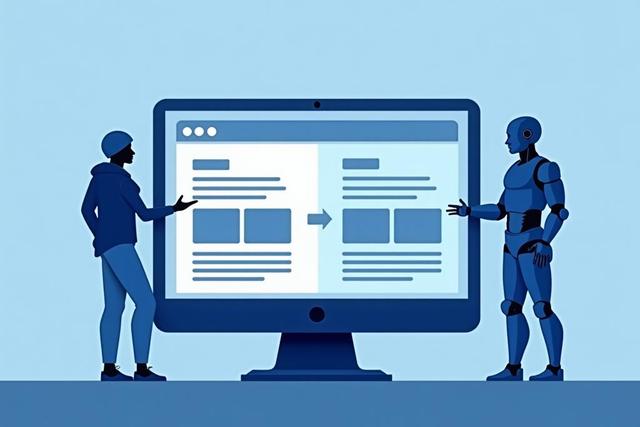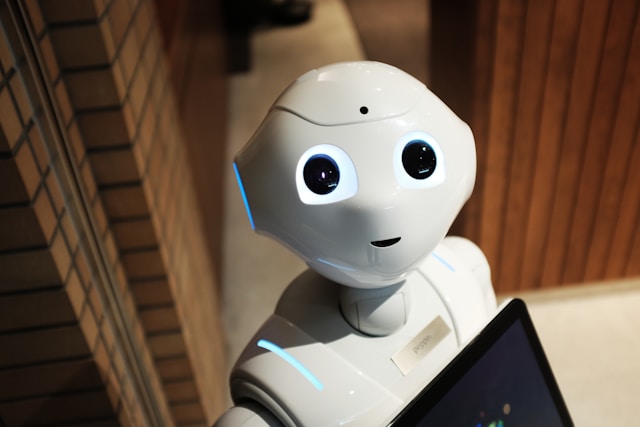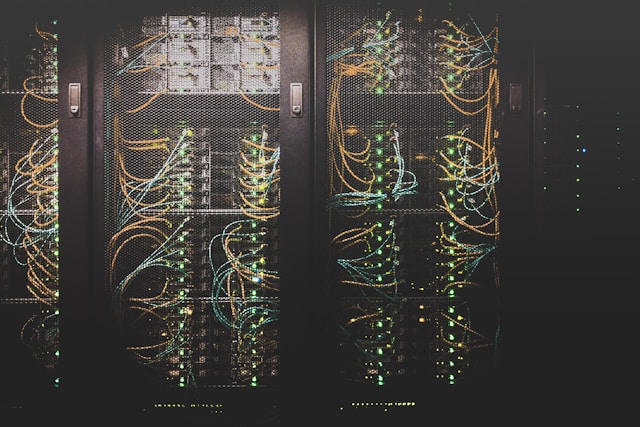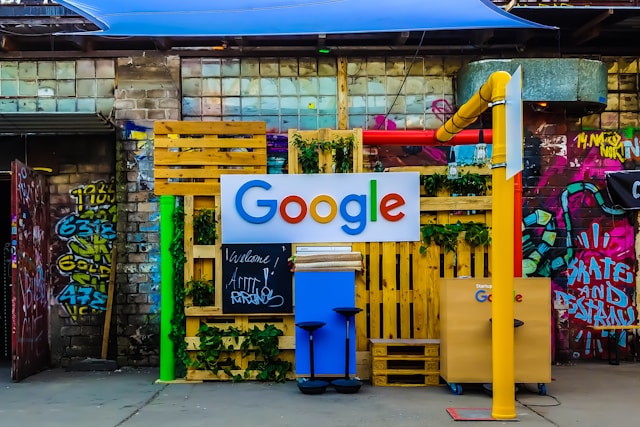The marketing landscape has transformed. Our team spent months analysing how AI agents interact with websites, and what we discovered challenges the foundation of digital marketing as we know it.
Consider this: You run an A/B test on your landing page. The data shows a clear winner with 30% better conversion rates. You implement the change, but actual results fall short of expectations. The culprit? AI agents skewed your test data.
This isn't speculation. We've observed AI agents, from shopping bots to research tools, interacting with marketing campaigns in ways that corrupt traditional metrics. These agents don't behave like humans - they optimise for efficiency, not experience. They follow patterns, not preferences.
The implications run deep. Your A/B test results might reflect what works best for AI agents rather than human users. Your conversion metrics might include a mix of human decisions and automated actions. Your marketing funnel might optimise for the wrong audience entirely.
The scale of this challenge became clear when we analysed traffic patterns across various sectors. In ecommerce, AI agents now account for up to 40% of product page views. For content sites, the figure rises to 60% for certain categories. These aren't simple scraper bots - they're sophisticated agents that interact with content, follow links, and even complete transactions.
But here's the twist: blocking these agents isn't the answer. Many serve legitimate purposes, from price comparison to content aggregation. The future of marketing lies in recognising and adapting to this dual audience - human and AI.
Through our research, we've identified three critical shifts in marketing strategy:
First, marketing funnels need to bifurcate. One path optimised for human users, focusing on emotional engagement and experience. Another for AI agents, prioritising structured data and efficient information access.
Second, A/B testing requires new frameworks. We must separate AI and human interactions in our analysis. This means implementing sophisticated detection methods and maintaining separate datasets for each audience type.
Third, attribution models must evolve. When an AI agent researches products before recommending them to a human user, who gets credit for the conversion? The traditional last-click model falls short in this new reality.
The challenges extend beyond metrics. AI agents use residential proxies to mask their nature, making detection complex. They learn and adapt, requiring constant updates to identification methods. They operate at scale, potentially overwhelming analytics systems.
Yet within these challenges lie opportunities. Organisations that adapt their marketing strategies to this new reality gain advantages. They can optimise content delivery for both audiences. They can leverage AI agents as a new marketing channel. They can build more resilient, future-proof campaigns.
The path forward requires a shift in mindset. Marketing teams must accept that AI agents represent a distinct audience segment with unique behaviours and needs. They must develop new tools and metrics for measuring success in this dual-audience environment.
Our research suggests several practical steps:
Implement robust bot detection systems to identify AI agent traffic. This provides the foundation for separate analysis of human and AI interactions.
- Develop structured data formats that serve AI agents efficiently while maintaining rich experiences for human users.
- Create attribution models that account for the role of AI agents in the customer journey.
- Monitor residential proxy usage to understand the true nature of website traffic.
- Build marketing strategies that balance the needs of both audience segments.
The marketing landscape continues to evolve. As AI agents become more sophisticated, the line between human and automated interactions may blur further. Success depends on recognising this reality and adapting strategies accordingly.
The future belongs to organisations that embrace this change. Those that continue to treat all traffic as human risk optimising for the wrong audience. Those that adapt will find new opportunities in this evolving landscape.
Our next challenge? Understanding how AI agents influence human decision-making. But that's a topic for another day.
The views expressed in this article reflect our research and analysis of AI agent behaviour in marketing environments. We encourage organisations to conduct their own analysis and develop strategies suited to their specific circumstances.







